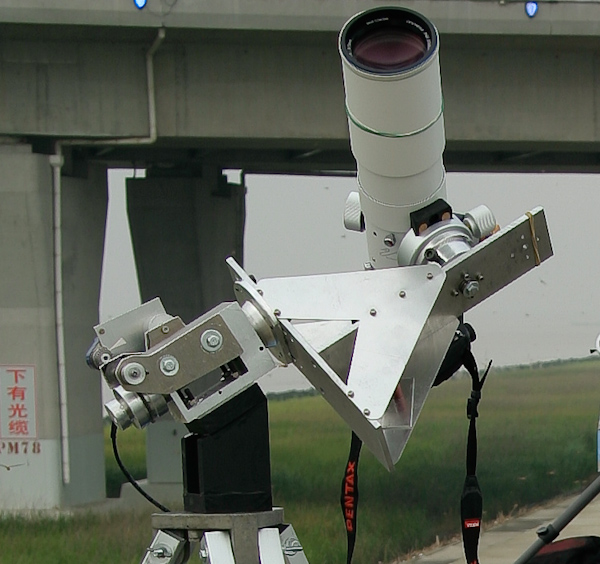
 |
WAITING FOR THE
SHADOW
SOLAR AND LUNAR ECLIPSE OBSERVINGHOME PAGE |
|
|
|
|
|
|
|
|
|
 I
purchased a 70mm f6.2 APO refractor from William Optics. It is
very solidly built with a very good quality solid 360 degree rotatable
focuser. It also weighs 1kg less than my ED80 and sits more
rigidly on the LEQ thanks to it's shorter tube.
I
purchased a 70mm f6.2 APO refractor from William Optics. It is
very solidly built with a very good quality solid 360 degree rotatable
focuser. It also weighs 1kg less than my ED80 and sits more
rigidly on the LEQ thanks to it's shorter tube.
 |